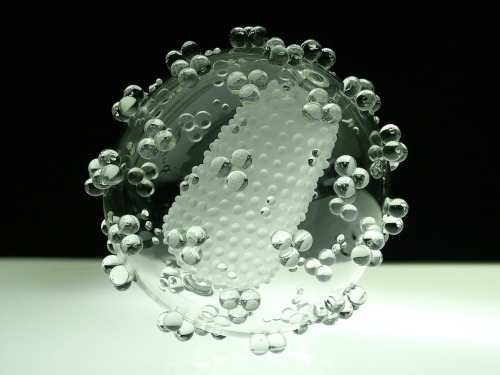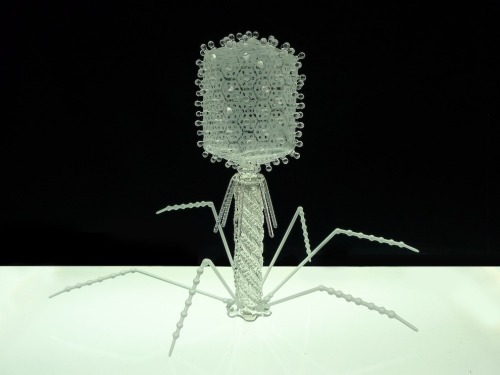1782 posts
Pete Seeger American Treasure1919-2014RIP

Pete Seeger American Treasure 1919-2014 RIP
-
 iamtheporpoise liked this · 11 years ago
iamtheporpoise liked this · 11 years ago -
 vannie429 liked this · 11 years ago
vannie429 liked this · 11 years ago -
 defilerwyrm liked this · 11 years ago
defilerwyrm liked this · 11 years ago -
 themanfromnantucket reblogged this · 11 years ago
themanfromnantucket reblogged this · 11 years ago -
 themanfromnantucket liked this · 11 years ago
themanfromnantucket liked this · 11 years ago -
 coreomajoris reblogged this · 11 years ago
coreomajoris reblogged this · 11 years ago -
 schemingreader reblogged this · 11 years ago
schemingreader reblogged this · 11 years ago -
 beili liked this · 11 years ago
beili liked this · 11 years ago -
 coreomajoris reblogged this · 11 years ago
coreomajoris reblogged this · 11 years ago -
 grandmasterflash liked this · 11 years ago
grandmasterflash liked this · 11 years ago -
 ladysisyphus reblogged this · 11 years ago
ladysisyphus reblogged this · 11 years ago -
 zabamdaboom reblogged this · 11 years ago
zabamdaboom reblogged this · 11 years ago -
 zabamdaboom liked this · 11 years ago
zabamdaboom liked this · 11 years ago -
 thememacat liked this · 11 years ago
thememacat liked this · 11 years ago -
 rrrick liked this · 11 years ago
rrrick liked this · 11 years ago -
 heymanticore reblogged this · 11 years ago
heymanticore reblogged this · 11 years ago -
 nibsandink reblogged this · 11 years ago
nibsandink reblogged this · 11 years ago -
 semperidem liked this · 11 years ago
semperidem liked this · 11 years ago -
 kayjaykayme reblogged this · 11 years ago
kayjaykayme reblogged this · 11 years ago -
 kayjaykayme liked this · 11 years ago
kayjaykayme liked this · 11 years ago -
 dominatrixeditrix reblogged this · 11 years ago
dominatrixeditrix reblogged this · 11 years ago -
 dominatrixeditrix liked this · 11 years ago
dominatrixeditrix liked this · 11 years ago -
 marsdaydream reblogged this · 11 years ago
marsdaydream reblogged this · 11 years ago -
 coloredink reblogged this · 11 years ago
coloredink reblogged this · 11 years ago
More Posts from Themanfromnantucket
An improvement on the last post that only included one picture and no information about the artist








Blown Glass Microbiology Sculptures
by artist Luke Jerram
"Luke Jerram has created a number of extraordinary art projects which have excited and inspired people around the globe.Luke Jerram’s practice involves the creation of sculptures, installations, live arts projects and gifts. He is a Visiting Senior Research Fellow at the University of West of England.
About Glass Microbiology Glass Microbiology is a body of glass work which has been developed by artist Luke Jerram since 2004. Made to contemplate the global impact of each disease, the artworks are created as alternative representations of viruses to the artificially coloured imagery received through the media. In fact, viruses have no colour as they are smaller than the wavelength of light. By extracting the colour from the imagery and creating jewel-like beautiful sculptures in glass, a complex tension has arisen between the artworks’ beauty and what theyrepresent.
The Glass Microbiology sculptures are in museum collections around the world, including The Metropolitan Museum, NYC, The Wellcome Collection, London and The Museum of Glass, Shanghai. They are also regularly displayed in exhibitions around the globe and also sold to private collectors. In 2010, Jerram received the 25th Rakow Award for the series from The Corning Museum of Glass, New York. In 2009, his sculptures were presented at The Mori Museum, Tokyo along with work by Damien Hirst, Warhol and Leonardo da Vinci.
His transparent and colourless glassworks consider how the artificial colouring of scientific microbiological imagery, affects our understanding of these phenomena. See these examples of HIV imagery. If some images are coloured for scientific purposes, and others altered simply for aesthetic reasons, how can a viewer tell the difference? How many people believe viruses are brightly coloured? Are there any colour conventions and what kind of ‘presence’ do pseudocoloured images have that ‘naturally’ coloured specimens don’t? How does the choice of different colours affect their reception?
Photographs of Jerram’s glass artworks are now used widely in medical journals, text books and media stories and are seen as useful representations of virology within the scientific community. His work has been presented in the Lancet, the British Medical Journal and on the front cover of Nature Magazine.
The sculptures are designed in consultation with virologists from the University of Bristol, using a combination of different scientific photographs and models. They are made in collaboration with glassblowers Kim George, Brian Jones and Norman Veitch.
Limited Editions Jerram’s Glass Microbiology artworks are available for sale to private collectors and public museums. Artworks are signed and dated, limited editions of just 5.”
(Source: Glass Microbiology by Luke Jeram via BuzzFeed)
For those who were curious about Discrete Mathematics with Ducks and Mathematical Knitting, I present to you the website of the author which is full of awesome information and links!









A Boy And His Atom. The worlds smallest stop-motion film.
A team of IBM scientists created this short animation by moving individual carbon monoxide molecules using a scanning tunneling microscope, infact it can only be seen when magnified 100 million times. For this film the Guinness World Records awarded them the title of The World’s Smallest Stop-Motion Film.
The film uses Carbon monoxide molecules which have one carbon atom and one oxygen atom on top. The scanning tunneling microscope itself is operated at a temperature of -268 degrees celsius on top of a copper plate because copper, in combination with carbon monoxide, produced the most stable atoms for moving. The microscope essentially acts as a needle that drags atoms across a surface using magnetism.The ripples around the atoms are caused by the disturbance in electron density in the copper atoms when a carbon monoxide molecule comes close to the plate. Very similar to the way water ripples when you throw a rock into a lake.
The film was developed in California, USA and lasts for 60 seconds read more about that research here. The research is part of larger efforts at IBM to reduce the physical size of data storage on computers. It shows the story of a boy named Atom, who befriends an atom and goes on to dance, play catch, and even bounce on a trampoline.
Source video here. How it was made here. Download the movie here.
Dude, this looks fantastic!

Bright New Supernova Blows Up in Nearby M82, the Cigar Galaxy
…this is the brightest, closest supernova to appear in 27 years since 1987A in the Large Magellanic Cloud exploded into view in February 1987. Read more: http://www.universetoday.com/108386/bright-new-supernova-blows-up-in-nearby-m82-the-cigar-galaxy/#ixzz2r9aipPR7